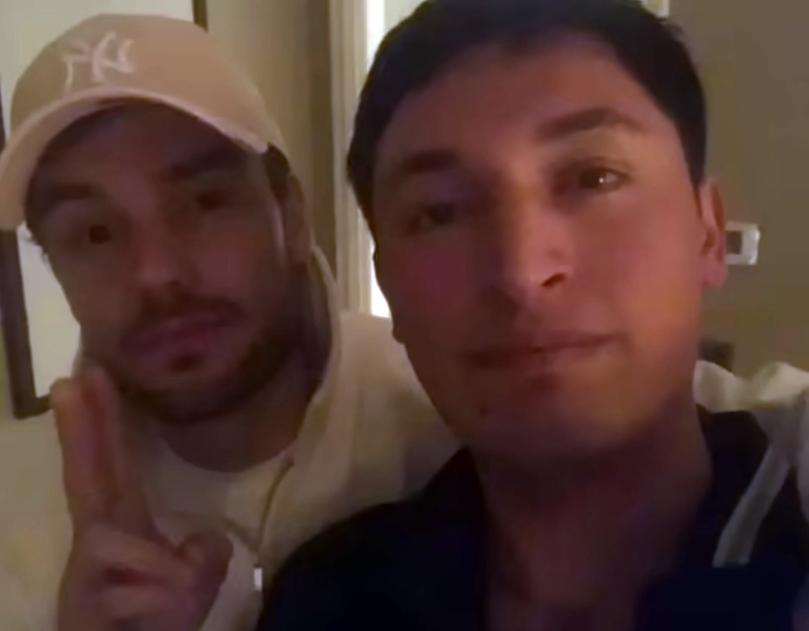Braian Paiz and Ezequiel Pereyra: Trapped in the Shadow of New Allegations in Liam Payne’s Tragic Death
The tragic death of Liam Payne, former member of One Direction, has sparked an intricate web of allegations, investigations, and legal battles. Among the most recent developments, Braian Paiz and Ezequiel Pereyra find themselves at the epicenter of controversy. Accused of supplying drugs to Payne shortly before his fatal balcony fall, their case raises compelling questions about the circumstances surrounding the singer’s death and the broader forces potentially at play.

Unfolding Allegations and the Legal Maze
Braian Paiz, 24, and Ezequiel Pereyra, 21, face serious charges for allegedly selling cocaine to Payne on two occasions. If convicted, they could face up to 15 years in prison. Both vehemently deny the accusations, with Paiz’s lawyer, Fernando Madeo, asserting that while his client consumed drugs with Payne, he did not supply them. Madeo described their relationship as a mutual encounter, stating, “Liam sought out my client. They shared personal conversations and narcotics, but Braian did not act as a supplier.”
Despite these claims, recorded conversations and security footage reportedly show Payne and Paiz engaging in exchanges deemed incriminating by the court. Judge Laura Bruniard charged both men with drug supply, while sparing other suspects, such as hotel manager Gilda Martin and receptionist Esteban Grassi, from pre-trial detention in exchange for financial embargoes and travel bans.
The Complex Network of Accusations
The case extends beyond Paiz and Pereyra. Rogelio “Roger” Nores, a businessman and Payne’s friend, faces charges of negligent homicide. He denies abandoning the singer, claiming he left the hotel well before the fatal fall. Meanwhile, Grassi’s testimony paints a troubling picture of Payne’s behavior on the day of his death, suggesting he was under the influence of drugs and alcohol while making aggressive demands for more substances.
Text messages between Payne and other individuals, including a sex worker, further complicate the narrative, pointing to a night of reckless behavior. Autopsy reports confirmed that Payne died from severe internal and external hemorrhaging caused by the fall, but the sequence of events leading to his death remains murky.

Systematic Evidence Suppression?
The persistent question hovering over the case is whether systematic forces are working to obscure the truth. The calculated nature of evidence suppression, including discrepancies in testimonies and delayed investigations, has fueled speculation. Why were some suspects granted leniency while others face harsher consequences? Are influential figures or entities manipulating the case to protect certain individuals?
Observers argue that the case may involve more than meets the eye. The allegations against Paiz and Pereyra could be a diversionary tactic, redirecting attention from systemic failures or deeper criminal networks. The judge’s selective decisions and the media’s focus on Paiz and Pereyra amplify these suspicions.
The Broader Implications
Liam Payne’s tragic death underscores broader societal issues, including mental health struggles, substance abuse, and the accountability of those in proximity to vulnerable individuals. While Paiz and Pereyra maintain their innocence, their ordeal serves as a reminder of the far-reaching consequences of addiction and the dangers of enabling behaviors.
As investigations continue, the public and legal authorities must scrutinize every facet of the case to ensure justice prevails. Whether forces beyond the accused are influencing the proceedings remains an open question, but one thing is clear: the truth behind Liam Payne’s death demands full transparency.






